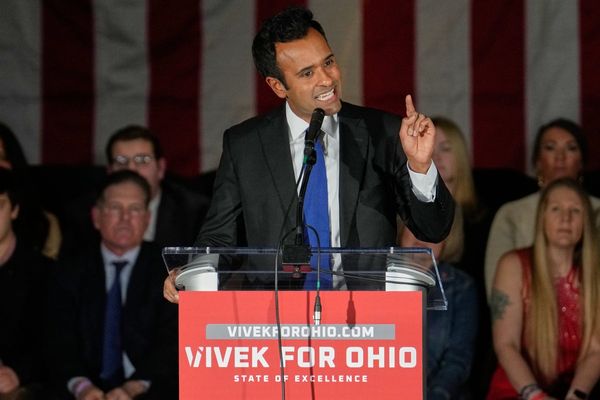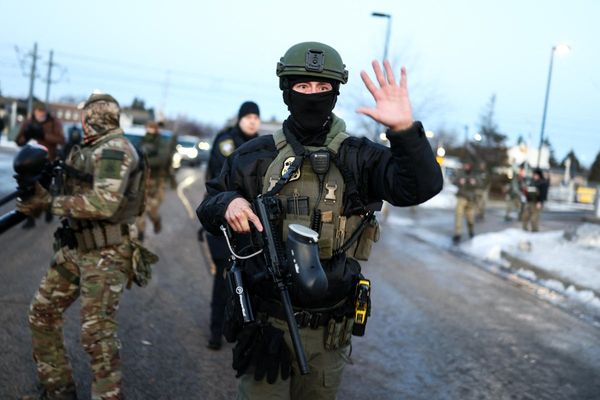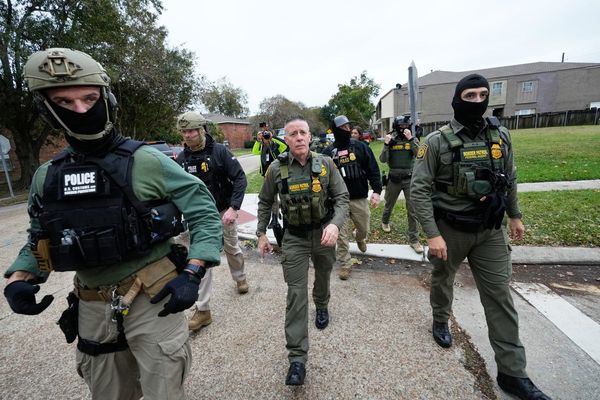
A manslaughter trial over the 2009 crash of Air France flight 447 has opened in Paris, with the courtroom falling silent as a judge read out the names of 228 passengers and crew who died in the airline’s worst ever accident.
The grief of the victims’ families quickly erupted into anger as the chief executives of Air France and Airbus pleaded not guilty to involuntary manslaughter and offered their condolences.
“Shame” and “too little, too late” rang out in the court as Anne Rigail and Guillaume Faury made their opening statements in the nine-week trial.
Flight AF447 was en route overnight from Rio de Janeiro to Paris when it disappeared off the radar in the middle of a storm over the Atlantic on 1 June 2009. It took four minutes and 24 seconds for the plane to fall 11,500 metres out of the night sky, during which the “stall” warning sounded 75 times, according to cockpit recordings.
The plane’s speed sensors– known as pitot tubes – were said to have iced up, turning off the autopilot and sending confusing information to the crew, and setting off a catastrophic chain of events in the cockpit.
It is the first time companies as opposed to individuals have been directly held to account in a trial after an air crash. Lawyers for passengers’ families have battled for years to have their day in court. A 2019 decision to abandon the case, because investigators were unable to establish who was to blame, was overturned.
Air France and Airbus have denied the accusations that their negligence had led to the crash. Airbus blames pilot error for the crash while Air France claims confusing alarms confused the pilots.
Days after it disappeared, debris was spotted floating in the ocean. But it took almost two years and a €31m (£27m) search to locate what remained of the plane on the seabed and recover the black box flight data and voice recorders. Only then could France’s air investigation agency (BEA) begin piecing together what had caused the crash.
“Thirteen years we have been waiting for this day and we have prepared for a long time,” said Daniele Lamy, whose son was onboard.
Sébastien Busy, a lawyer who represents the French victims, warned against sidelining the families during the hearing. “It’s a trial where the victims must remain at the centre of debate. We don’t want Airbus or Air France to turn this trial into a conference of engineers,” he told journalists.
The trial will centre on one key question: why the flight crew of three, with more than 20,000 hours of flying experience between them, failed to understand the plane had lost lift or “stalled” and was not rising but falling.
The BEA has said the crew responded incorrectly to the icing problem, but also did not have the training needed to fly manually at high altitude after the autopilot dropped out. It also highlighted inconsistent signals from a display called the flight director, which has since been redesigned to switch itself off in such events to avoid confusion.







